Home Artificial Nutrition is the provision of nutrition support to individuals who are unable to consume adequate nutrients through normal food intake due to medical conditions such as gastrointestinal diseases, neurological disorders, cancer, and other chronic illnesses. This type of nutrition support can be delivered through various methods, including Enteral Nutrition (EN) and Parenteral Nutrition (PN).
Enteral Nutrition involves the administration of liquid nutrition through a feeding tube that is inserted into the stomach or small intestine. This method is often used for individuals who are able to digest and absorb nutrients but cannot take food orally due to medical conditions such as stroke, head
injury, or surgery. EN can be given through a Nasogastric (NG) tube, Gastrostomy (G-tube), or Jejunostomy (J-tube).
Parenteral Nutrition, on the other hand, is the administration of nutrients directly into the bloodstream through a catheter that is inserted into a vein. This method is often used for individuals who cannot tolerate EN or have conditions that prevent adequate absorption of nutrients through the digestive system. PN is typically administered at home by a trained caregiver or nurse.
Home Artificial Nutrition requires careful monitoring by healthcare professionals to ensure that patients receive adequate nutrition and avoid complications such as infection or dehydration. Patients and caregivers must also receive proper training on how to administer and maintain the feeding equipment and how to recognize and respond to any complications that may arise.
Overall, Home Artificial Nutrition can significantly improve the quality of life and outcomes for individuals with certain medical conditions who require nutrition support. However, it is important to work closely with healthcare professionals to determine the most appropriate method and ensure safe and effective administration.







